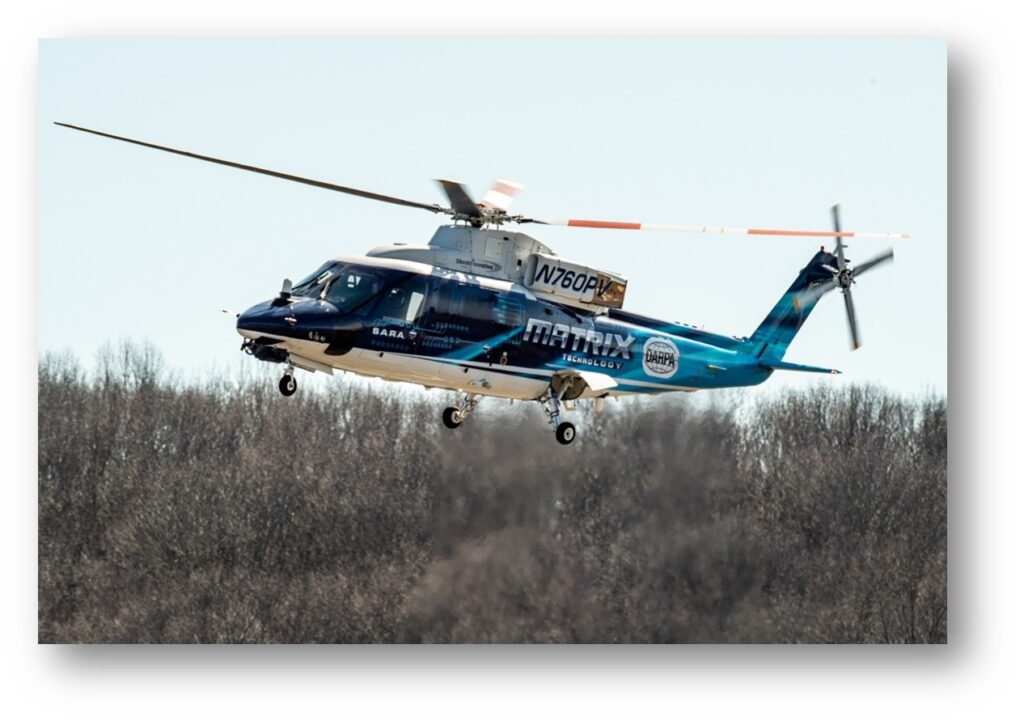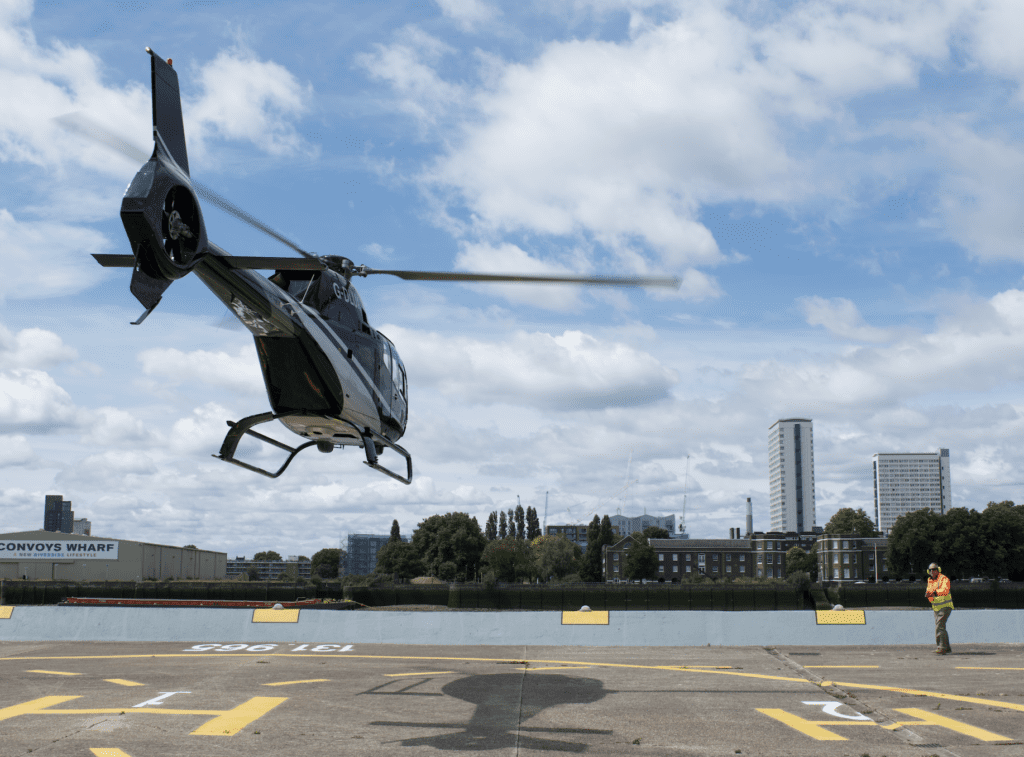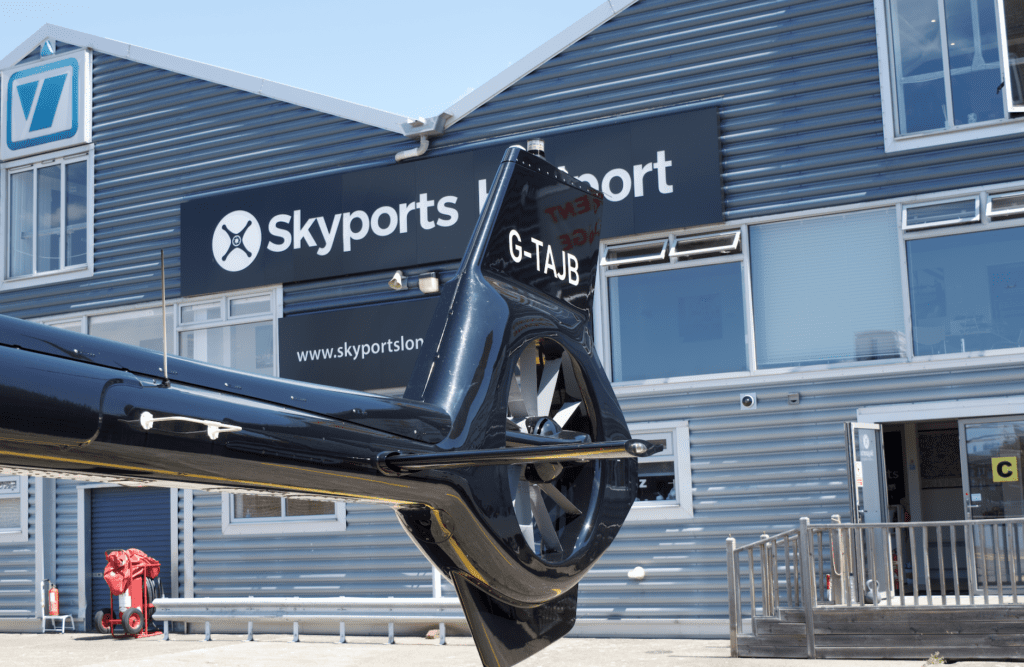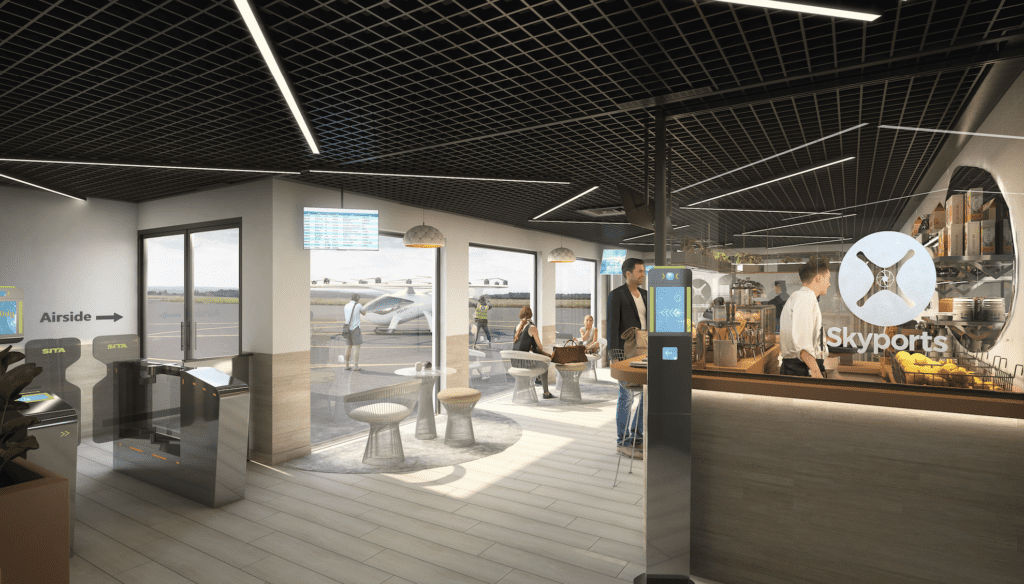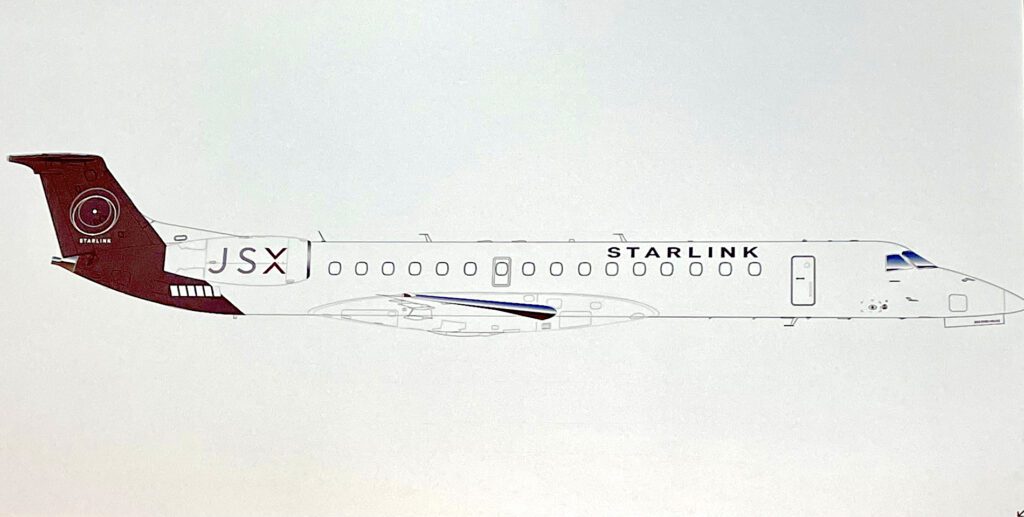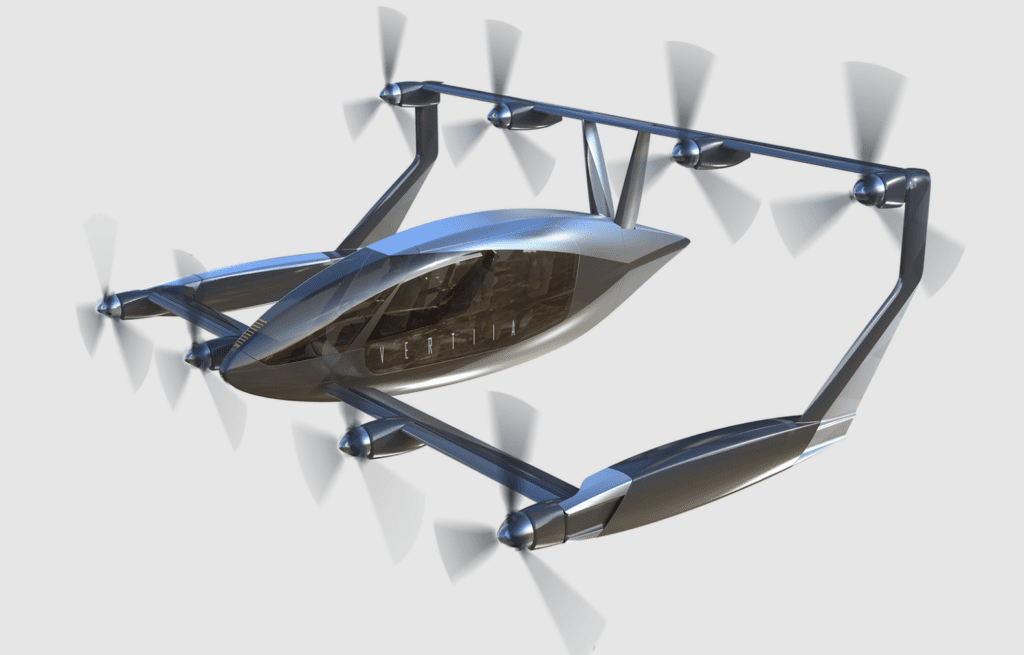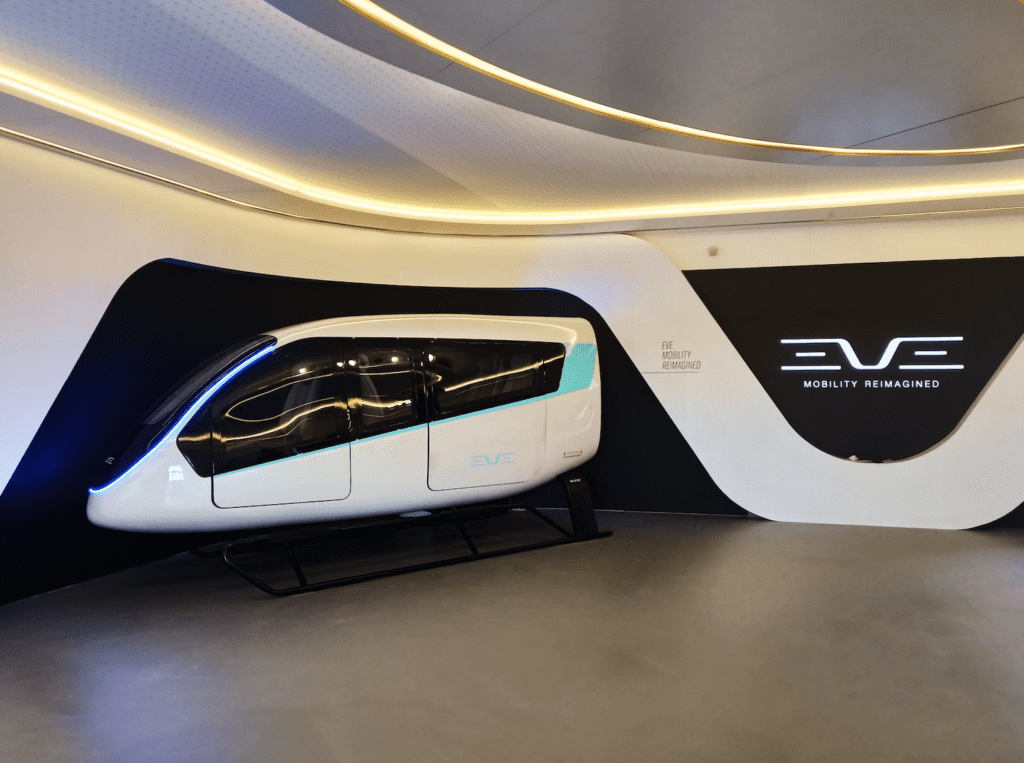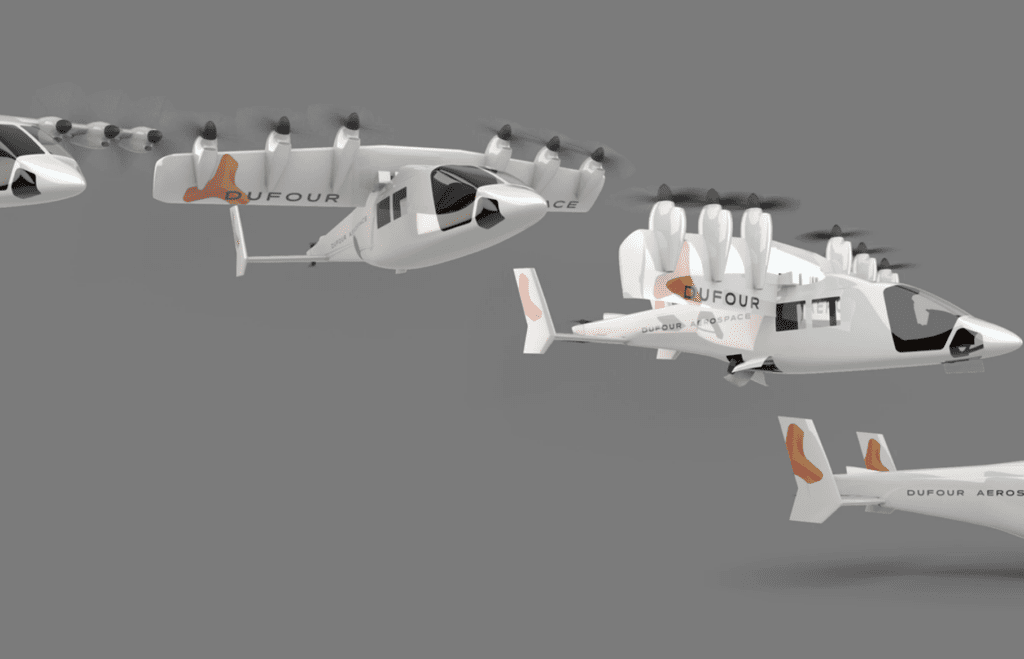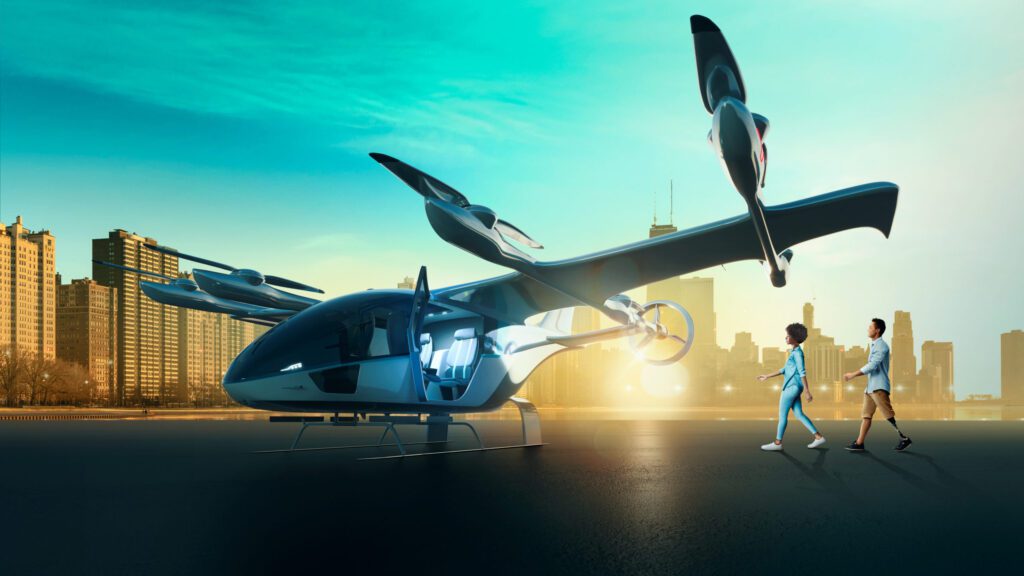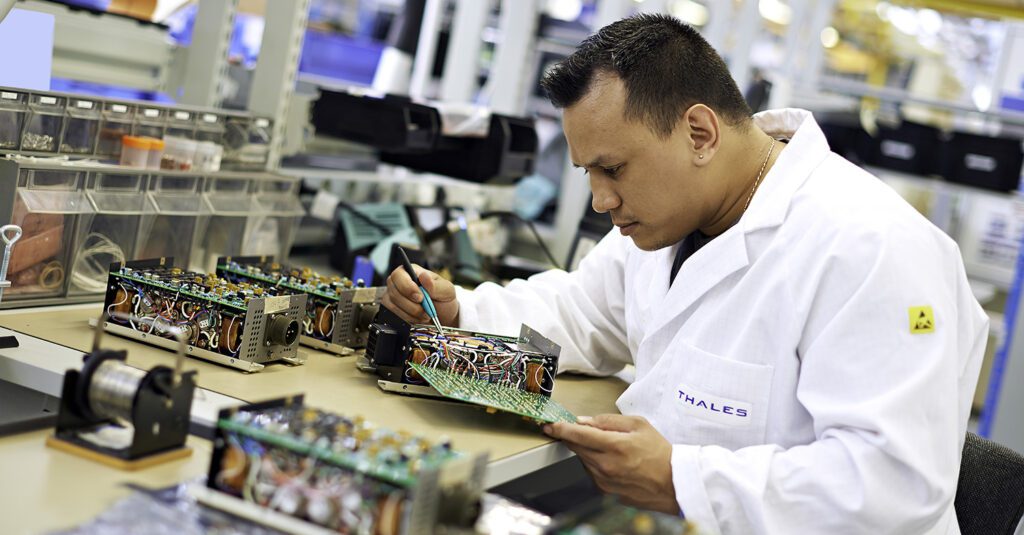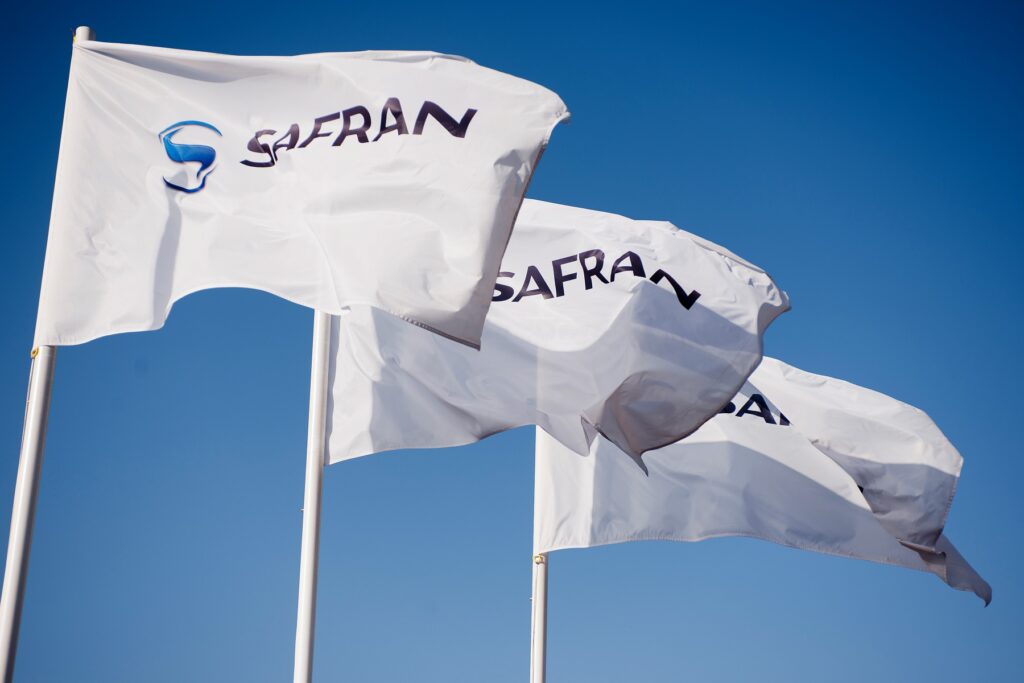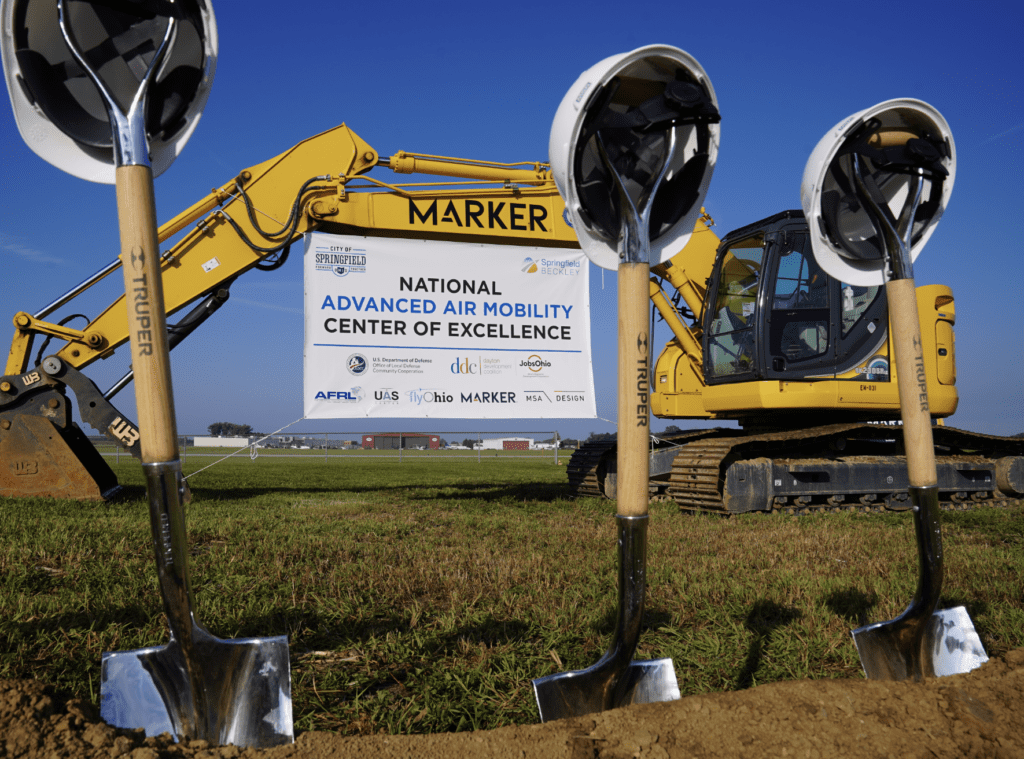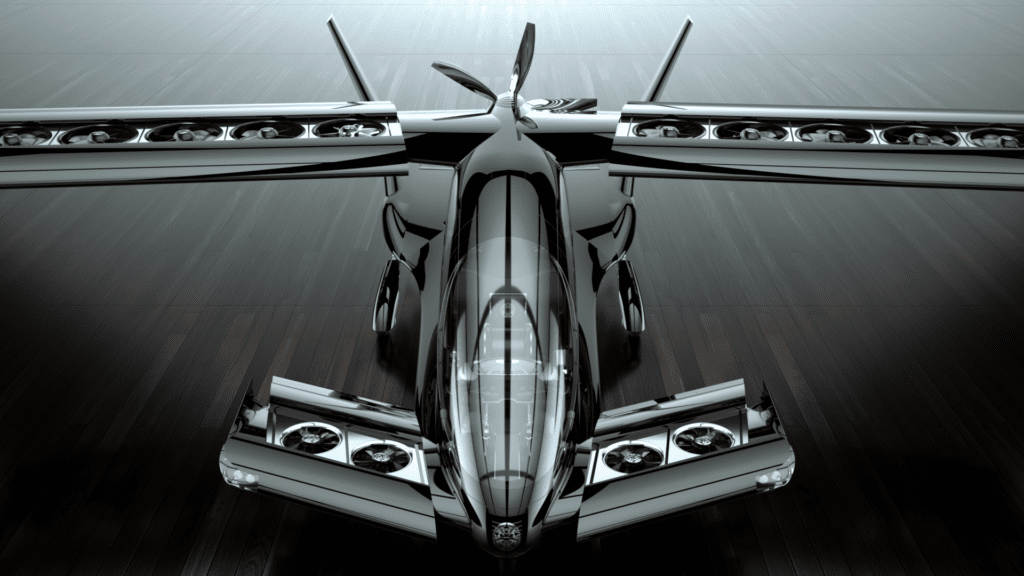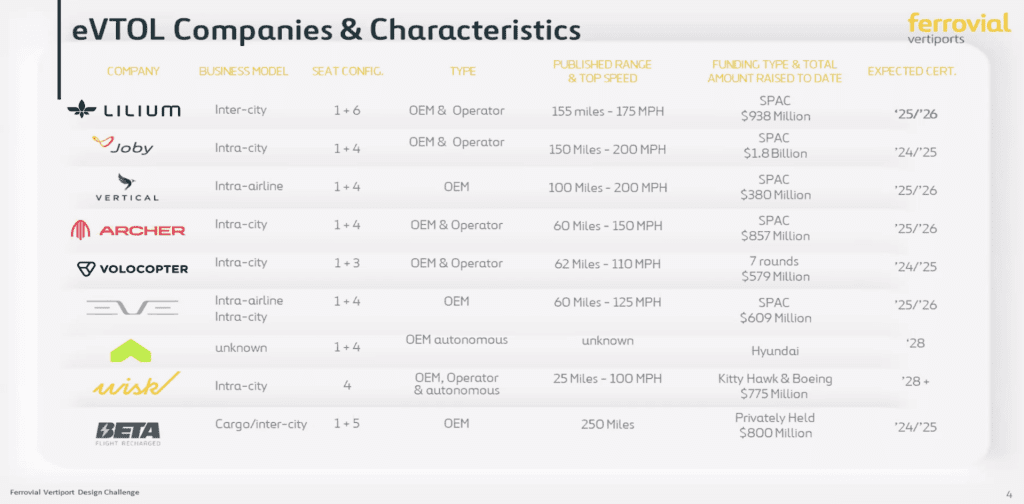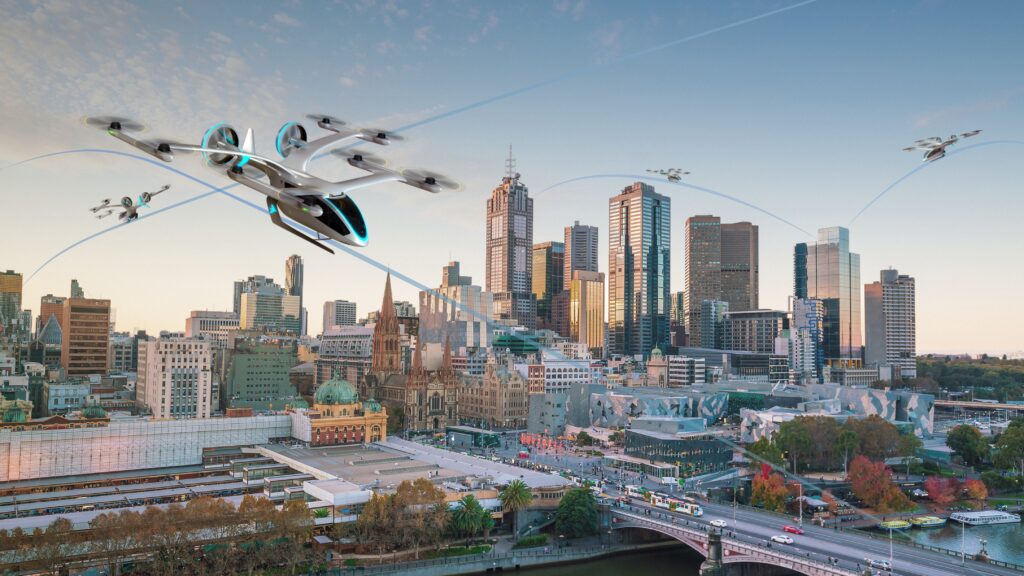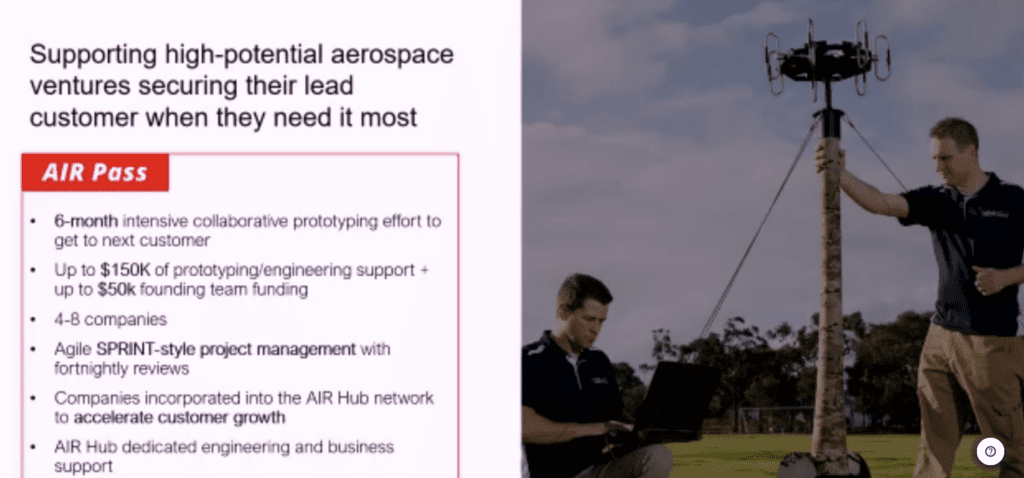Jetson CTO Talks New Testing Facility for R&D and eVTOL Production

Jetson is developing an ultralight personal electric aircraft called the Jetson ONE. The company recently received its 500th pre-order, and deliveries are expected to start in the fourth quarter of 2023. A new production facility and airfield was purchased in April, and Jetson is converting the facility into its European headquarters which should be completed in November. The latest seed round is anticipated to bring in $10 million in investments; $8 million has been secured so far, and the company anticipates finalizing the remaining $2 million by the end of September.

(Photo: Jetson)
Jetson announced in January that it had sold out all of its 2022 production of the Jetson ONE eVTOL since launching in October of 2021. Jetson’s co-founder and president, Peter Ternstrom, told Avionics International that future models of the aircraft will come with longer flight times. The model produced in 2024, for example, could have a flight time of up to 30 minutes, while the current version of the aircraft is expected to have a 20-minute flight time.
Tomasz Patan, co-founder and Chief Technical Officer (CTO) of Jetson, recently participated in a question-and-answer session with Avionics to discuss the company’s progress and upcoming milestones.
Avionics: What is the status of Jetson’s facility in Italy?
Tomasz Patan: The site has an 800-meter-long strip of land—which is an actual airfield where we’re going to test our Jetson ONE design. The building next to the airfield is an old industrial facility from the late 19th century. We are currently working hard to renovate this facility and convert it into our European headquarters, with offices, a showroom, and limited production. We are progressing with the project aggressively, and it should be ready in November. It is a perfect location for testing our vehicle and we will later lock in the design of the aircraft.

Jetson’s new R&D and limited production facility located in Arezzo, Tuscany (Photo: Jetson)
Avionics: Can you share any details about the latest seed round?
Tomasz Patan: The seed round is almost closed. We have raised $8 million USD, and we hope to bring this final number to $10 million. It’s a huge milestone for Jetson. Especially in this climate—the current status of the stock market is not really great, and that’s why we are really happy that we are able to do this.
Avionics: How do you expect the company to grow over the next couple of years?
Tomasz Patan: Our team is growing at full speed. We have about 20 employees working full-time, and that number should be around 50 in late 2023. During the spring, we appointed Swedish entrepreneur Rikard Steiber as a Senior Advisor—he is also Jetson’s first external investor. We introduced our new head of research and development, Alec Bialek. We have also hired numerous carbon fiber specialists, mechanical engineers, software developers, and 3D printing specialists. We’re looking to expand the company to the U.S. next year. As we work to lock in the design and prepare for manufacturing, we are also looking at our next step in the U.S. We are really looking forward to seeing the opportunities awaiting us there. This is also quite important for Jetson because currently, 75% of our clients are based in the U.S. It’s also because of the regulations that allow our clients to fly Jetson ONE without a pilot license; those regulations are already there in the U.S.
Avionics: What are the unique features of the Jetson ONE?
Tomasz Patan: The most important aspect is that the Jetson ONE is an ultra-light aircraft. It’s a very compact and lightweight personal flying aircraft that anyone in the U.S. (and some other countries) could fly without a pilot license. Clients will learn how to operate it according to regulations and in a safe manner.
The flight time is up to 20 minutes, and the weight of the aircraft is 40 kilograms [88 pounds], or 86 kilograms with batteries. It’s equipped with many safety features, including a ballistic parachute. It has a flight computer and fly-by-wire controls system where you can actually let your hands off the joysticks and it will hover automatically in one spot. It will also stabilize itself during flight. Because of the specialized flight computer that we use, it’s possible to learn to fly it in a matter of minutes which is quite a novelty in the industry.
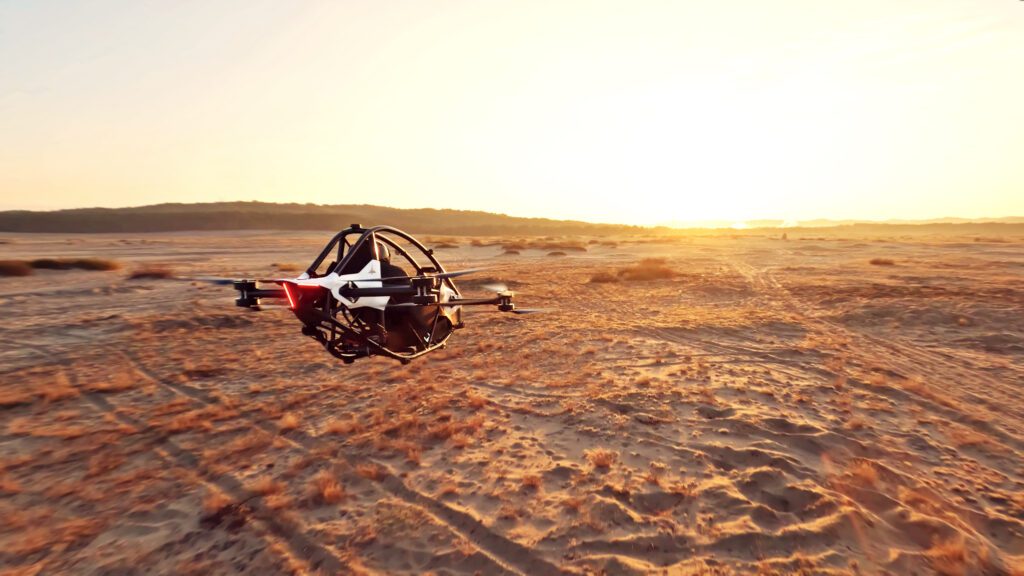
The ultralight Jetson ONE eVTOL weighs only 88 pounds without batteries, or about 190 pounds with batteries. (Photo: Jetson)
The aircraft uses eight motors; you can still fly safely even without one of the motors. The battery system is redundant, and all the electronic systems onboard are fully redundant.
The top speed of the Jetson ONE is 102 kilometers per hour [63 mph]. To control it, you have just one joystick, a 3-axis joystick, and a throttle lever—two controls that are extremely easy to operate. It also doesn’t require any maintenance, because it is fully electric.
Avionics: What systems are in the aircraft?
Tomasz Patan: Some of the components are proprietary, and we are working together with other companies to supply the rest of the components.
The display screen is minimalistic. It is located in the front of the cockpit so the pilot always has a good view of the display. It shows remaining battery capacity, remaining flight time, and some very basic information provided by the flight computer.
You also have a very bright LED, a warning light, whenever there is a situation. This LED will basically show you when you should be heading back for landing. Even though you have that information available to you, the flight computer will have an automatic landing feature. Whenever there is a situation that you are not responding to correctly, this feature will be activated, and the Jetson ONE will start descending, but you still have full control while descending and you can choose your landing location.
Avionics: What is the team currently working on?
Tomasz Patan: The biggest upcoming milestone will be locking in the design of the aircraft. This also means we will still have to test our ballistic parachute as well as some of those safety features that will require a lot of flight hours. That’s the whole reason for the new facility, where we can easily fly the pre-production prototypes 24 hours a day.
We are really happy with our progress—another recent milestone for us is that we recently sold our 500th unit. We are on track with 2023 deliveries, and we are preparing for manufacturing to start early next year. Flight testing will be happening at our new airfield.
The post Jetson CTO Talks New Testing Facility for R&D and eVTOL Production appeared first on Avionics International.
—————
Boost Internet Speed–
Free Business Hosting–
Free Email Account–
Dropcatch–
Free Secure Email–
Secure Email–
Cheap VOIP Calls–
Free Hosting–
Boost Inflight Wifi–
Premium Domains–
Free Domains






